January 08, 2025
Pongal Recipe: A Traditional Delight with Variations to Try
CM Content Team

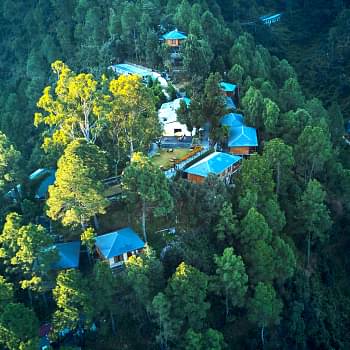
View all
140+
Resorts
January 08, 2025
CM Content Team
Pongal is a beloved South Indian dish deeply rooted in tradition, typically enjoyed during the harvest festival that shares its name. This dish, synonymous with celebration and gratitude, has transcended its cultural origins to become a household favourite across the world. With a creamy texture, rich flavours, and a balance of simplicity and indulgence, Pongal holds a special place on the menu for festive occasions and cosy family meals alike.
This blog dives into everything you need to know about Pongal food recipes. We’ll explore its rich history, the essential ingredients for Pongal, detailed step-by-step guides to multiple variations of Pongal recipes, tips for perfecting your dish, and its nutritional benefits. Whether you’re trying your hand at a sweet Pongal recipe or a savoury one, you’ll find all the inspiration you need to create something delicious.

Pongal, meaning "to boil over," is more than just a dish. It’s a symbol of abundance and prosperity. Traditionally prepared during the Pongal festival, it is offered as a thanksgiving dish to the Sun God for a bountiful harvest. The dish reflects the simplicity of rural India, made with ingredients such as rice, lentils, and jaggery (for the sweet version), combined in a harmonious blend of flavour and aroma.
This dish comes in both savoury and sweet versions, catering to diverse palates. The savoury variety is often spiced with black pepper, cumin, and ginger, while the sweet version is enriched with jaggery, cardamom, and ghee, offering a comforting sweetness that makes it a favourite across all age groups.
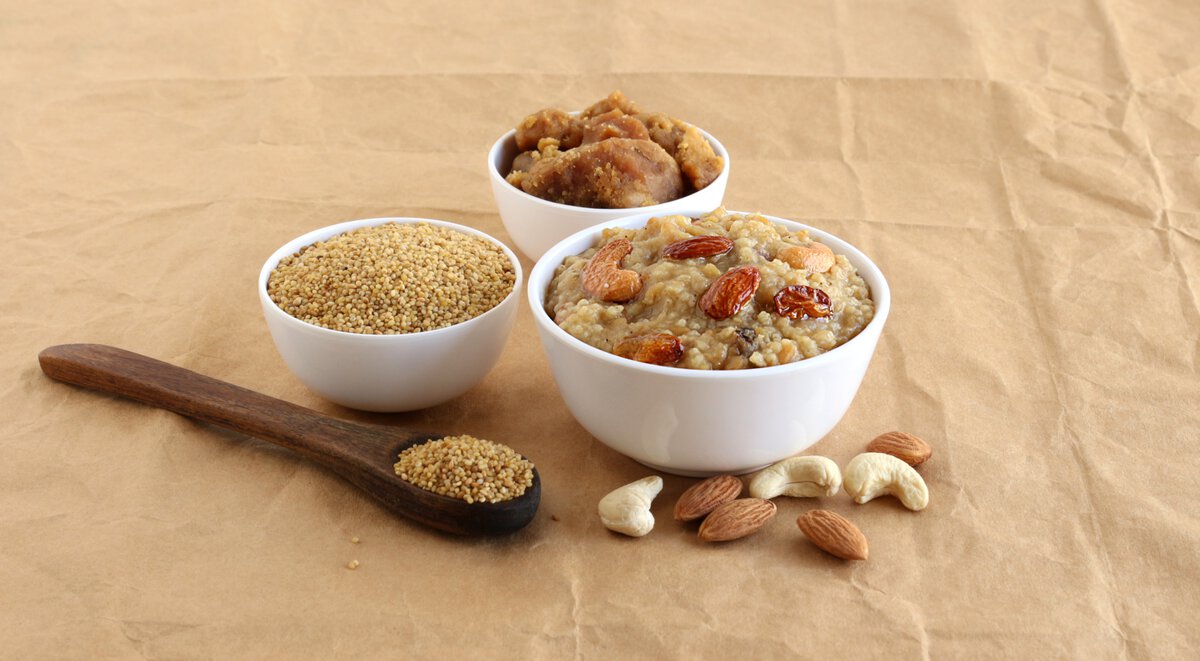
Pongal food recipes revolve around a few key ingredients that define their unique flavour and texture. Here’s what you’ll need:
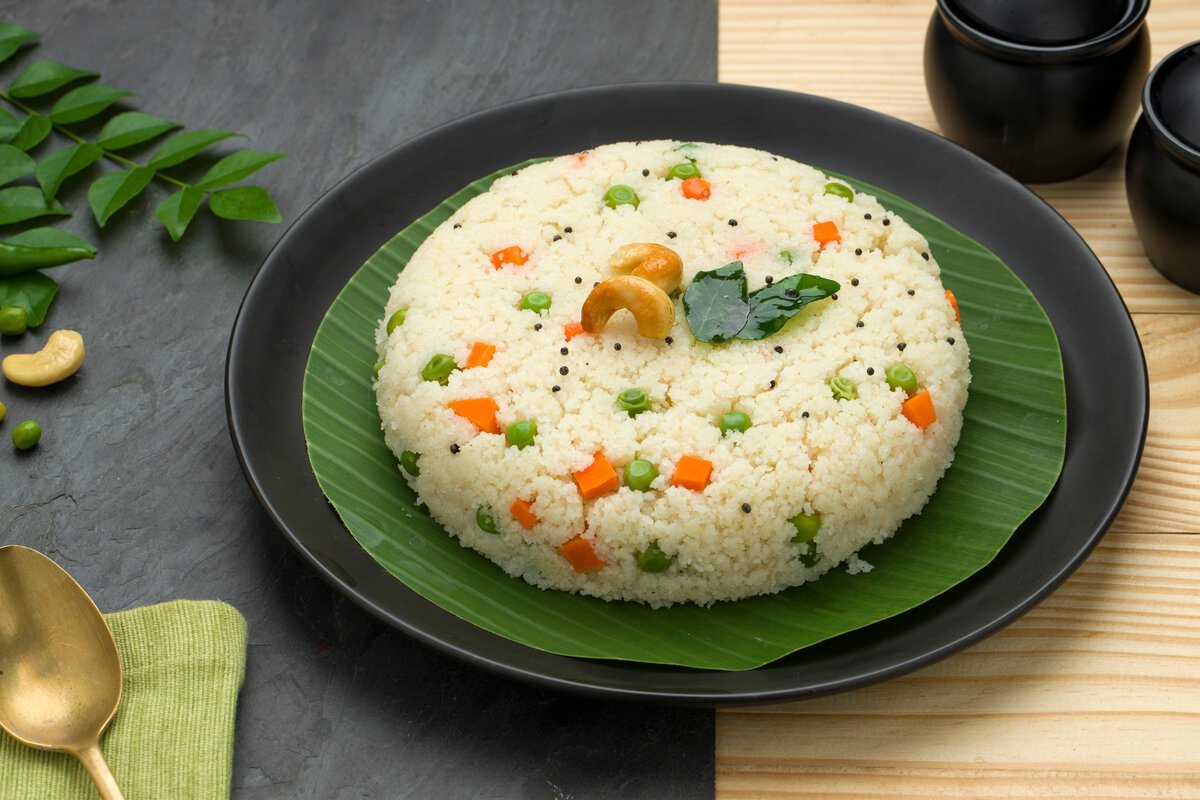
Sweet Pongal is a favourite during festivals, combining the wholesome goodness of rice, jaggery, and ghee into a delightful dish.
Ingredients for Sweet Pongal:
Steps:
Savoury Pongal is a comfort food with a mildly spiced flavour, perfect for breakfast or a light meal.
Ingredients for Savory Pongal:
Steps:
This variation replaces rice with semolina (rava) for a unique twist.
Ingredients for Rava Pongal:
Steps:
A rich and creamy variation using coconut milk for an indulgent treat.
Ingredients for Coconut Milk Pongal:
Steps:
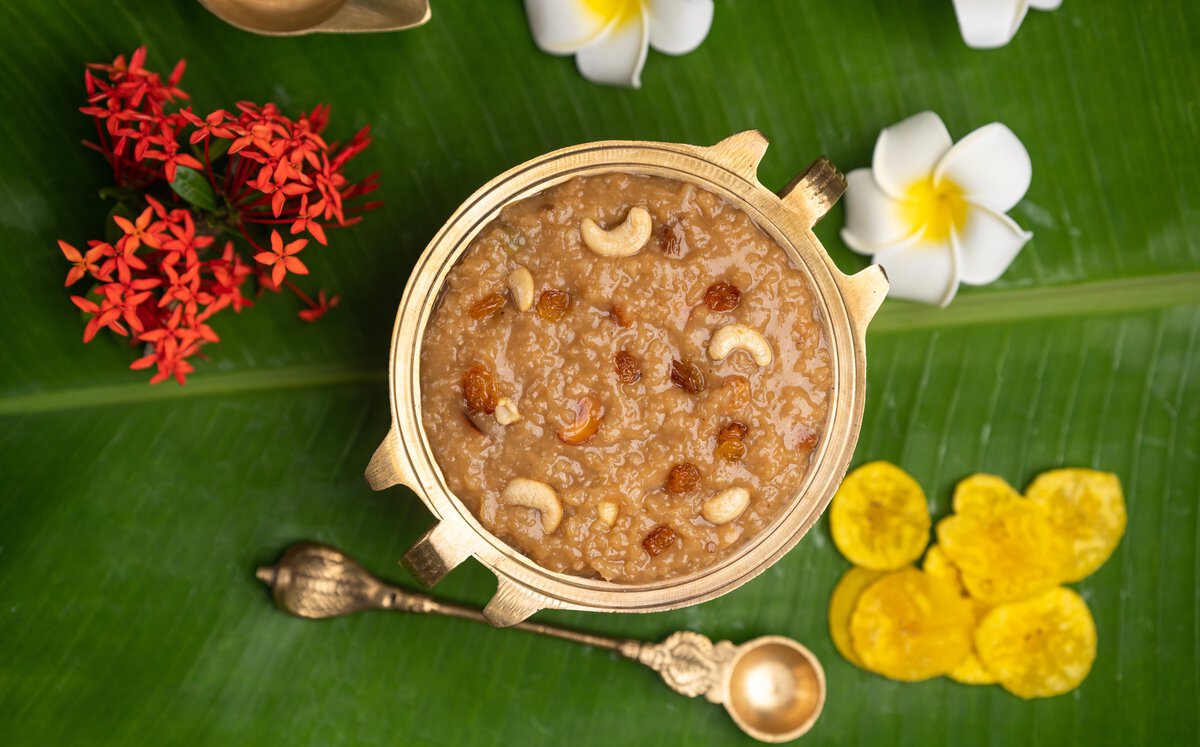
To ensure your Pongal recipe turns out perfect every time, follow these expert tips:
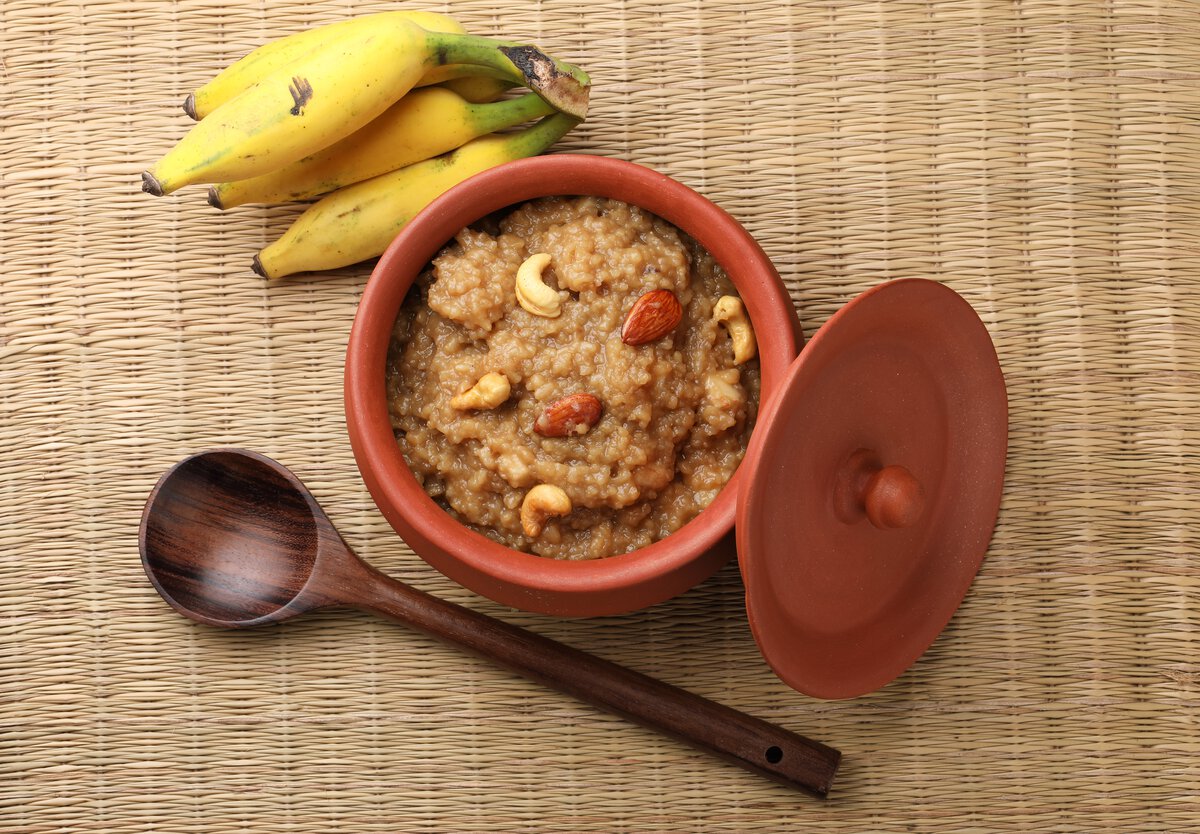
Pongal is not only a comforting dish but also a wholesome addition to your diet. Its simple ingredients come together to offer a perfect balance of taste and nutrition.
Pongal isn’t just delicious; it’s also packed with nutrients:
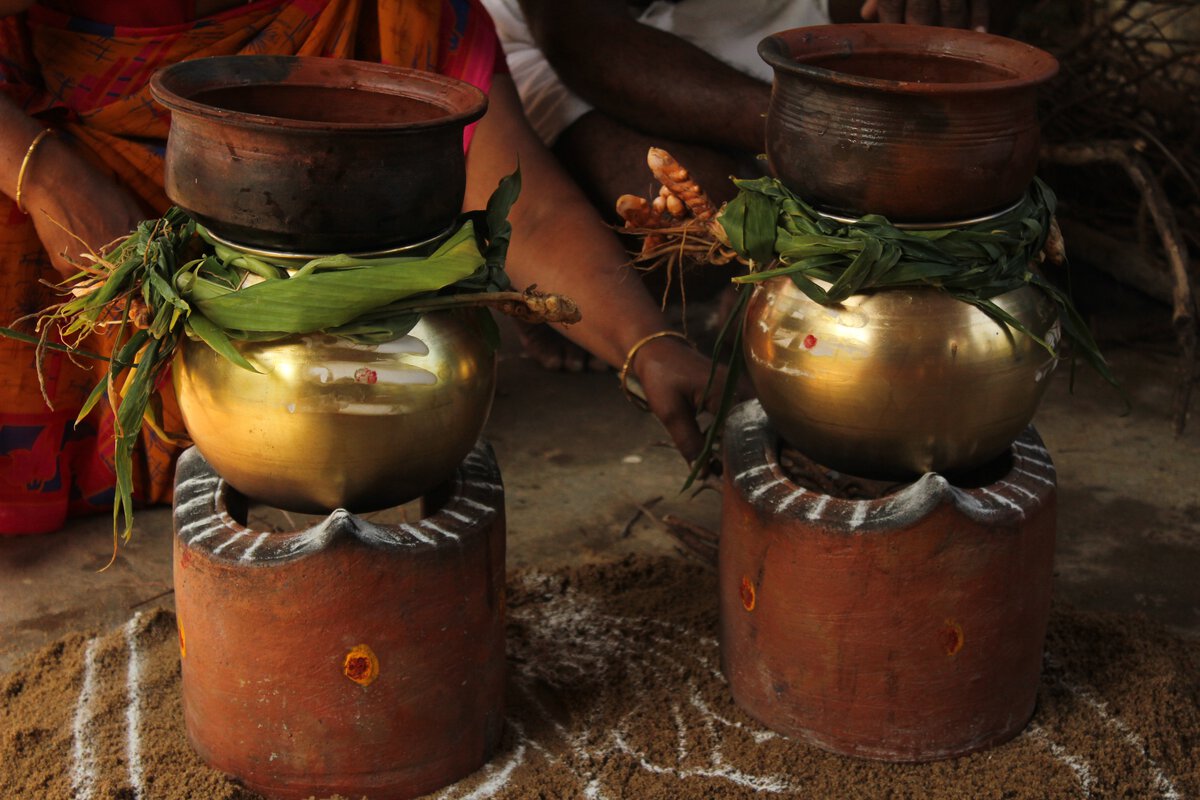
Pongal recipes are versatile and adaptable, making them suitable for any occasion. Whether you’re celebrating a festival or simply craving comfort food, this dish offers a sense of warmth and satisfaction. Its simplicity, combined with the ability to innovate, makes it a timeless favourite across generations.
Pongal is more than a dish; it’s an emotion, a celebration of togetherness, and a symbol of gratitude. Its rich flavours, nutritional benefits, and cultural significance make it a standout recipe in South Indian cuisine. Whether you opt for a classic sweet Pongal recipe, a savoury twist, or experiment with variations like coconut milk Pongal, the result is always a delightful dish that brings people together. By mastering the art of Pongal, you’re not just cooking a meal; you’re preserving a tradition and sharing love with every bite. So, gather your ingredients, follow the steps, and create a dish that will be cherished by all who taste it. Happy cooking!
Pongal is a four-day harvest festival that marks the beginning of the agricultural season. It is dedicated to the Sun God, Surya, and symbolizes gratitude towards nature, farm animals, and the people involved in farming for ensuring a successful harvest.
Pongal is a traditional dish that originates from South India, particularly the Tamil Nadu region, where it holds cultural and culinary significance.
Yes, Tamil Nadu is home to several Club Mahindra resorts, offering comfortable stays amidst scenic locations. Here are three popular options:
Nestled amidst the scenic hills of Kodaikanal, Le Poshe Resort offers a comfortable stay with breathtaking views and modern amenities. This resort in Kodaikanal is perfect for nature lovers, featuring cosy rooms, landscaped gardens, and spa facilities. Guests can indulge in delicious local cuisine while enjoying the serenity of this hill station.
Set in the picturesque town of Ooty, the Club Mahindra Danish Villa Resort is a charming resort in Ooty surrounded by lush greenery and colonial architecture. This resort in Ooty has a boutique-style property which offers spacious rooms, warm hospitality, and activities for the whole family. Guests can explore Ooty’s famous attractions while enjoying the resort’s tranquil ambience.
Club Mahindra Derby Green Resort is located on a sprawling 5.5-acre property. It is a heritage resort in Ooty. With stunning views of the Nilgiri Hills, this resort in Ooty offers comfortable accommodations, rejuvenating spa treatments, and fun recreational activities. Its proximity to Ooty’s attractions makes it an ideal base for sightseeing.
Apart from these resorts, with a Club Mahindra membership, you can enjoy access to over 140+ Club Mahindra resorts worldwide, including destinations in India and abroad like Goa, Kerala, Thailand, and Dubai. Members benefit from flexible vacation planning, spacious, family-friendly accommodations, engaging activities, and top-notch hospitality. As highlighted in member reviews, Club Mahindra ensures well-maintained properties and unforgettable experiences, making every vacation truly special.
Mahindra Holidays & Resorts India Ltd. (MHRIL), a part of Leisure and Hospitality sector of the Mahindra Group, offers quality family holidays primarily through vacation ownership memberships and brings to the industry values such as reliability, trust and customer satisfaction. Started in 1996, the company's flagship brand ‘Club Mahindra’, today has over 300,000 members , who can holiday at 140+ resorts in India and abroad.
We use cookies to personalise content and to provide you with an improved user experience.By Continuing to browse this site you consent to the use of cookies.Please visit our cookie policy for further details.

Welcome to ClubMahindra.com In order to provide a personalised experience for you, we use cookies to enable some website functionality. Cookies help us see which articles most interest you; allow you to easily share articles on social media channels; permit us to deliver content personalised to your interests and locations; along with many other site benefits. For more information, please review our Cookie Policy
When you visit any website, it may store or retrieve information on your browser, mostly in the form of cookies. This information might be about you, your preferences or your device and is mostly used to make the site work as you expect it to. The information does not usually directly identify you, but it can give you a more personalized web experience. Because we respect your right to privacy, you can choose not to allow some types of cookies. Click on the different category headings to find out more and change our default settings. However, blocking some types of cookies may impact your experience of the site and the services we are able to offer.
Because we respect your right to privacy, you can choose not to allow some types of cookies and you have the right to withdraw your consent by send a mail to email id [email protected]
These cookies are essential in order to enable you to move around the site and use its features, such as accessing secure areas of the site. Without these cookies, services you have asked for cannot be provided.
These cookies allow us to employ data analytics so we can measure and improve the performance of our site and provide more relevant content to you. These cookies don't collect information that identifies a visitor down to an individual level that is available to us. These cookies are not passing personally identifiable information to any external third party other than in limited cases when we engage a service provider to act on our behalf but who is then unable to use the data for their own purposes.
Performance cookies are generally third-party cookies from vendors we work with or who work on our behalf that collect information about your visit and use of the Club Mahindra website, for instance which pages you visit the most often, and if you get error messages from web pages. These cookies don't collect information that identifies a visitor. All information these cookies collect is anonymous and is only used to improve your overall experience on how the website works. Third party vendors may have access to this data and may use it to improve their overall services and offerings.
Functionality cookies allow a site to remember choices you make (such as your user name, language or the region you are in) and provide more enhanced, personal features. These cookies cannot track your browsing activity on other websites. They don't gather any information about you that could be used for advertising or remembering where you've been on the Internet outside our site.
Third-party advertising and social media cookies are used to (1) deliver advertisements more relevant to you and your interests; (2) limit the number of times you see an advertisement; (3) help measure the effectiveness of the advertising campaign; and (4) understand people's behaviour after they view an advertisement. They are usually placed on behalf of advertising networks with the site operator's permission. They remember that you have visited a site and quite often they will be linked to site functionality provided by the other organization. This may impact the content and messages you see on other websites you visit. If you do not allow these cookies you may not be able to use or see certain these sharing tools content on our website.